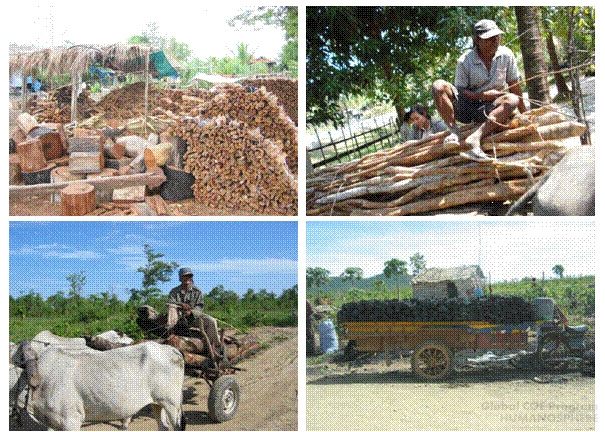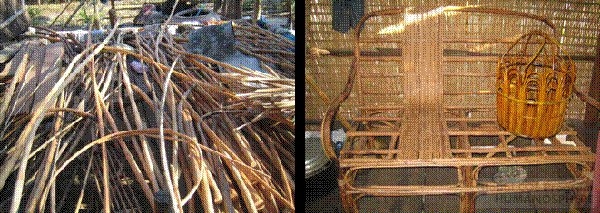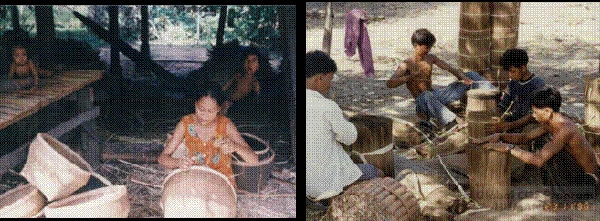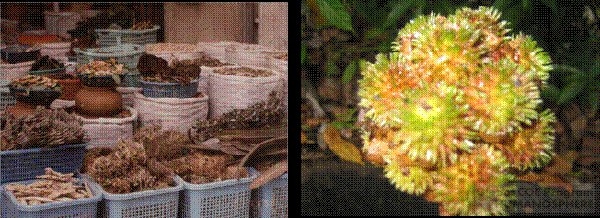NTFPs on Community Livelihood
I: Introduction
Cambodia is located in Southeast Asia, between 10-15° longitudes and 102-108° latitudes. It occupies an area of 181,035 Km2 receiving tropical monsoon, dry and wet monsoons. So Cambodia has two distinct seasons, wet and dry. That is 6 months are wet and 6 months are dry. The climate is wet and hot with average temperature of 27.9° C. Cambodia has mountains, hills, plateaus, and tropical climate. As a result Cambodia rich natural resources especially forest. Forest is one of the important factors for economic development and supports survivals of human and wildlife. In addition it serves as a barrier to prevent storms, flooding, soil erosion, air purification and rain attraction.
Generally, the above villagers are heavily relying on agriculture including rainy rice and crop cultivation, and animal husbandry. Additionally, they are generating income through logging and selling labor to outside loggers. Presently, logging is no more continued. But, during the dry-time, villagers are working more on sugar palm, secondary crop cultivation and fruit trees such as coconut, banana, sugar apple, jack fruit, taro, lemon, mango, cashew and domestic animal husbandry and small-scale fishing activity. Moreover, some households are running a small grocery stores such as garlic, monosodium glutamate, cakes, rice wine, fish cheese and tobacco and cigarette. Furthermore NTFPs is the most importance income for household, they collected it from natural forest and community forestry; such ash ( firewood, lianas, mushroom, bamboo, bamboo shoot, vegetables, traditional medicine plants, poles, and wildlife).
II: Objective
- To analyze the capital of the local livelihood
- Economic aspects
- Resource (natural, area, species, amount,
- Human (education, indigenous knowledge,
- Social (
- Physical (infrastructure,
- To compare the NTFP income of different HHs in community
- To identify the main NTFP species for income generation
- To identify the indigenous knowledge on NTFP management
- To identify the potential for improvement of livelihood through NTFP management??
III: Methodology
- Collection of secondary infos. and data
- Field data collection/PRA/questionnaire/group discussion/observation/village meeting
- Data analysis/computing/statistic analysis/modeling
- Checking results (infos. and data) in the field/village meeting
- Report writing
IV: Interesting Question/Hypotheses
- NTFPs on farmland generate less income than that from common land
- What policy and regulations on NTFP management are available at national and local levels?
- The current policy and regulations on NTFP management is in accordance with the real condition of communities
- Local people have knowledge and can manage NTFPs in sustainable way
- Local people will participate in NTFP management only if they get incentive



